Update of the Brazilian Guideline for Familial Hypercholesterolemia - 2021
- PMID: 34709306
- PMCID: PMC8528358
- DOI: 10.36660/abc.20210788
Update of the Brazilian Guideline for Familial Hypercholesterolemia - 2021
Figures


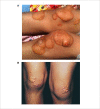






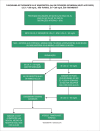
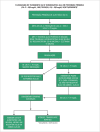
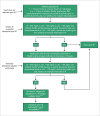




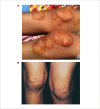






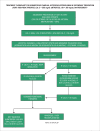
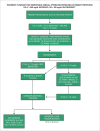
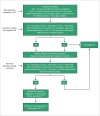


References
-
- Burns FS. A contribution to the study of the etiology of xanthoma multiplex. Arch Derm Syphilol. 1920;2(4):415–429.
- Burns FS. A contribution to the study of the etiology of xanthoma multiplex. Arch Derm Syphilol. 1920; 2(4):415-29.
-
- Müller C. Xanthomata, hypercholesterolemia and angina pectoris. Acta Med Scand Suppl. 1938;89:75–84.
- Müller C. Xanthomata, hypercholesterolemia and angina pectoris. Acta Med Scand Suppl. 1938; 89:75-84.
-
- Brown MS, Goldstein JL. Analysis of a mutant strain of human fibroblasts with a defect in the internalization of receptor bound low density lipoprotein. Cell. 1976;9(4 Pt 2):663–674. - PubMed
- Brown MS, Goldstein JL. Analysis of a mutant strain of human fibroblasts with a defect in the internalization of receptor bound low density lipoprotein. Cell. 1976; 9(4 Pt 2):663-74. - PubMed
MeSH terms
LinkOut - more resources
Full Text Sources

